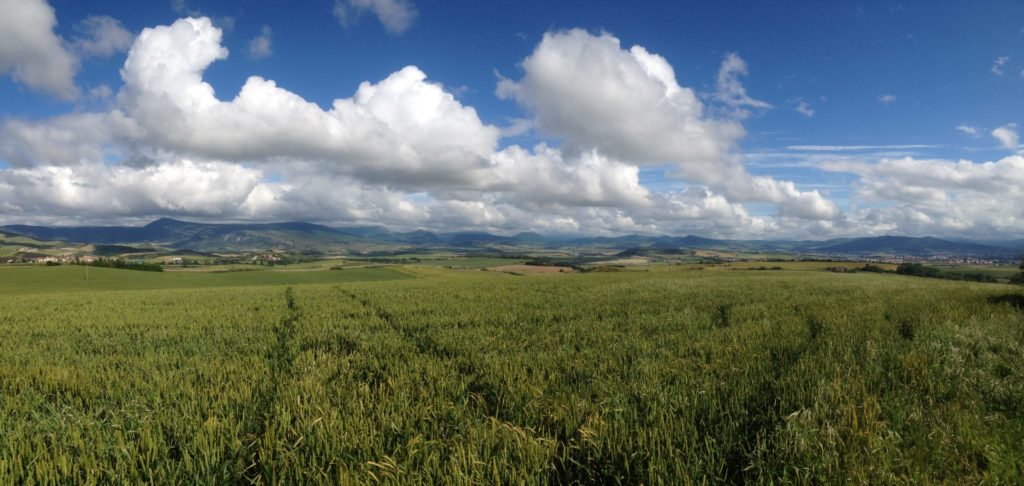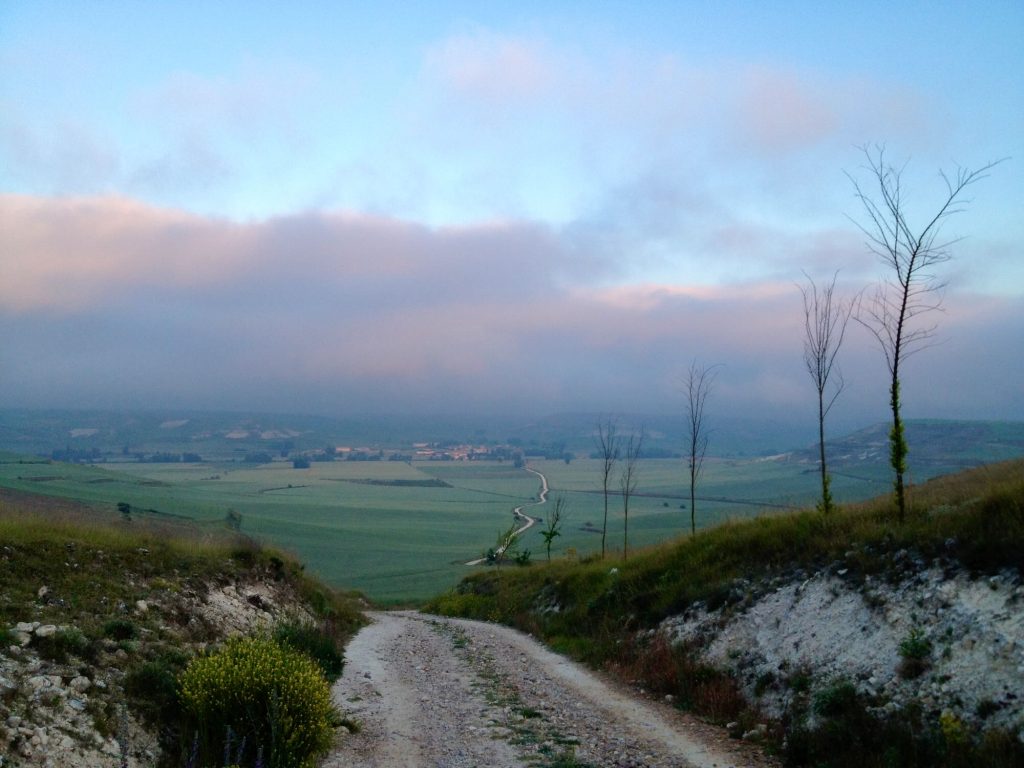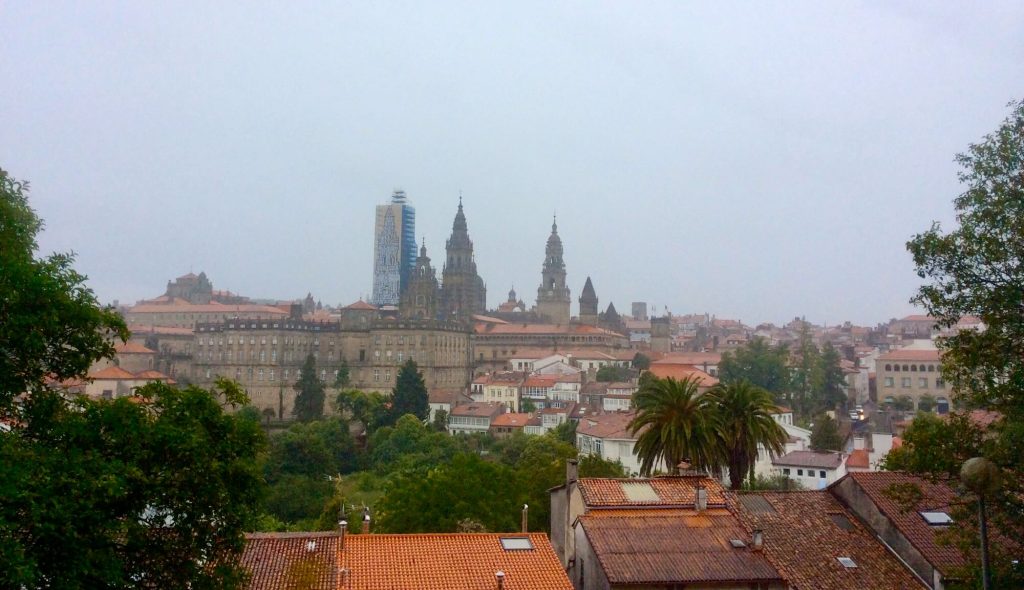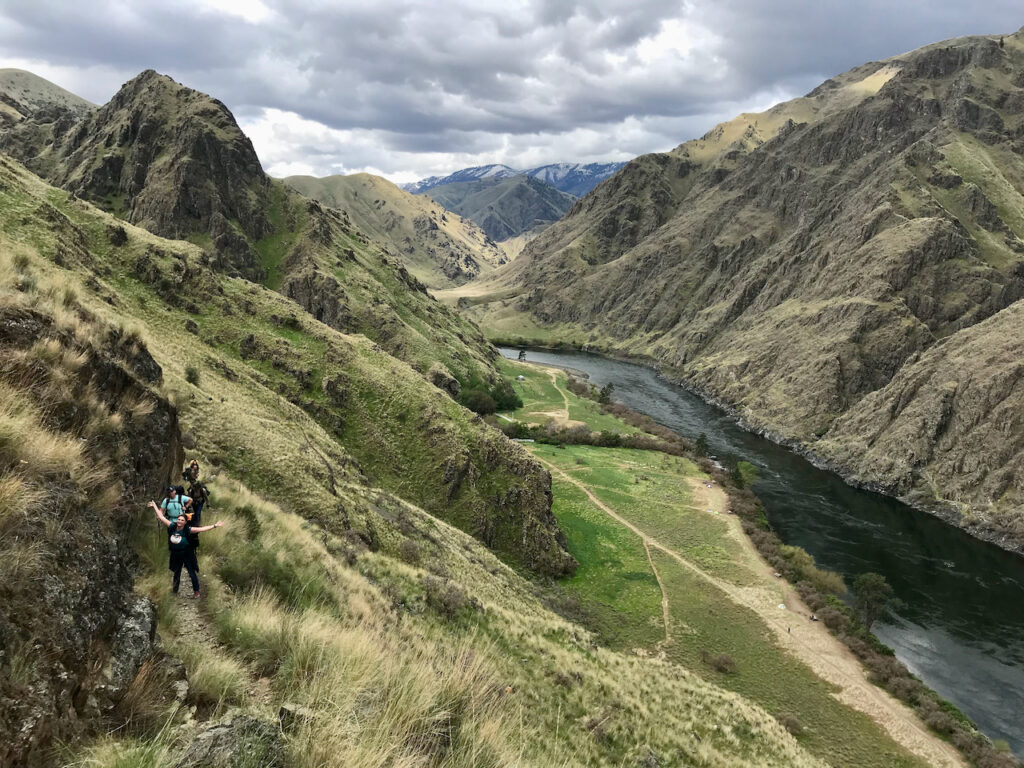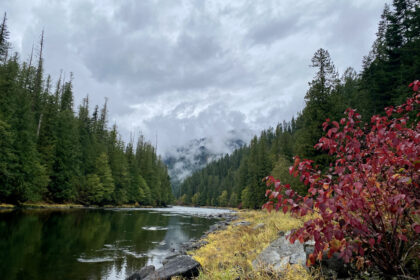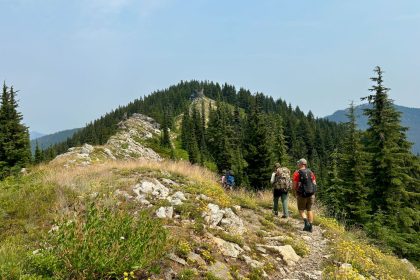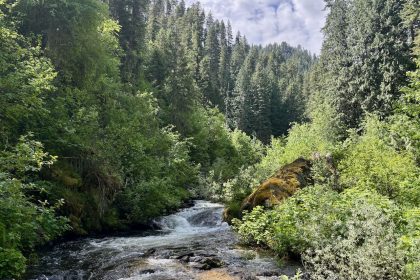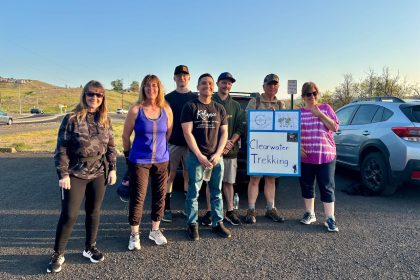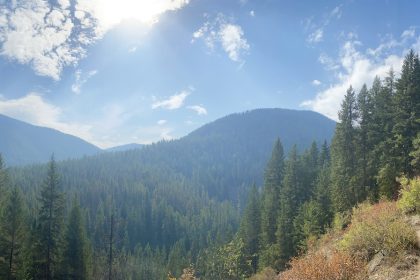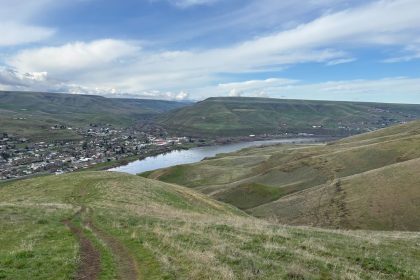Originally titled, “The Integral Role of Community in the Transformational Process,” this piece was submitted as an Op-Ed for my Multi-Genre Writing class at Lewis-Clark State College. It is the first in a series of genre pieces I created for the class, taking advantage of the project to flesh out new perspectives on my work with Clearwater Trekking. In this piece, I tell the story of how I learned the missing key to transformation through working at a prison, in wilderness therapy, and on my own pilgrimage.
In 2012, I began serving as the Volunteer and Religious Services Coordinator for the Idaho Department of Correction. Within my role, I often talked with men getting ready to leave the facility and return home about their fears of re-entry. Would they be able to find a job and a place to live? Would their families accept them? Would they succeed at staying out, or would they find themselves back in prison blues within three years? Three years is the timeframe in which the Department of Corrections counts an individual’s return to prison within their recidivism rates, otherwise known as “failure rates” among those counted among them.
Those returning citizens, individuals preparing to head home from prison, had done their time. They had done counseling programs, rehabilitation programs, and education programs. They had paid their debt to society, but the overwhelming fear was that there would be no place for them in the society they returned to.
At the time, I had no answer of hope to give them because I did not yet understand the journey that they were on. I did not yet know about Arnold Van Gennep’s three-part structure to every rite of passage; separation, liminal space, and return (Gennep 1909). I did not know the path of the hero’s journey as described by Joseph Campbell in his seminal work, The Hero with a Thousand Faces. I did not know about the Gift that the Hero discovers on his journey and brings home to his community.
I did not know about any of these things when I had the chance to embark on my own rite of passage in 2014.
El Camino de Santiago, the Way of Saint James, is a 500-mile pilgrimage across Northern Spain undertaken by pilgrims for centuries. Even before it became associated with St. James in the 9th century, pilgrims were walking the path beyond Santiago to the jagged coast of Finisterre, “the world’s end,” where they would burn their clothes and greet the sunrise reborn.
I set out to hike El Camino in the summer of 2014 looking for my own path forward into a new way of being in the world. Along the way, pilgrims would say, “Your pilgrimage begins when your Camino ends.”
I didn’t fully understand the saying because this was supposed to be my pilgrimage. This waking and hiking, eating, and sleeping to wake and hike again. 30 days. 500 miles. Saying hello and goodbye. Reaching the end of the world, the end of myself. This was my pilgrimage.
I wanted my walk across Spain to change me. I had no idea that it couldn’t.
I thought that transformation would be etched into me mile after mile, and that when I returned home, I would be a different person. After all, how can you walk across an entire country and not be changed?
Coming home from the Camino was depressing. Not because I didn’t want to return home or to the prison where I worked at the time, but because I did not understand that coming home was the second half of my pilgrimage. I had stood in the cathedral of St. James, and on the shores of Finisterre, but my journey wasn’t over yet. Much like the inmates I worked with, I had done my time but I wasn’t seeing the results. I wasn’t seeing the change I was seeking.
In 2018, after having left my work at the prison, I began working as a wilderness therapy field guide, leading at-risk youth on extended backpacking treks throughout the Olympic National Park in the state of Washington. I found the pattern of recidivism that I had seen among the men in prison, and myself on my pilgrimage, happening with the youth in wilderness therapy. They were separated from their families, they were engaged in the liminal space of wilderness therapy, but they remained terrified of failure upon their return home.
Somehow, we were all missing the key to transformation.
So, I began searching for the key. That search led me to teachers like Joseph Campbell, Bill Plotkin, Alexander John Shaia, and many more. I began to understand the Hero’s Journey as a road map for the journey of transformation. I could see how the kids in wilderness therapy were on that journey, and I could see how citizens returning home from prison were missing their re-entry rite of passage. But I still didn’t understand how your pilgrimage begins when your journey ends.
One day, I reached out to Dr. Alexander John Shaia, an anthropologist, psychologist, and the author of Returning From Camino as well as Radical Transformation: The Four-Gospel Journey of Heart and Mind. He was gracious enough to talk with me on the phone and share his insights on the Hero’s Journey as a former student of Joseph Campbell himself.
He explained to me that it’s not the journey that changes us. The journey only awakens us to new possibilities. Real transformation happens, he said, when we come home and make the 1,000 choices we need to make to actually be the new person we long to be. Transformation happens when we live into the new possibilities that our journey awakened us to.
Another way to put it, is that what makes our journey transformative, a true Hero’s Journey, is the gift we discover and bring home to serve our communities with. That gift was the key to re-entry for returning citizens, and it was the hope of homecoming for the youth in therapy. It’s what gives them a place in the community they are returning to.
But this isn’t a one-sided transaction.
In his book, Returning From Camino, Dr. Shaia explains that a rite of passage (a ritualized, transformative journey) is inherently communal. He writes,
“…both the initiate/s as well as the community would be required to do the work of negotiating a changed relationship with each other…An individual cannot undergo change without the community also letting go of what has been and embracing a new and unknown future.”
Youth who undergo challenging rite of passage programs cannot successfully re-integrate with their families unless their families recognize the transformation they have experienced and re-negotiated their relationship. Likewise, citizens returning home from prison cannot successfully re-enter society unless their communities “let go of what has been and embrace a new and unknown future” with them.
This re-negotiated relationship is the pilgrimage that begins when your Camino ends. It is also the integral role the community plays in the transformational process. If we as community members stand by like disengaged spectators to one another’s journeys of transformation, we rob each other of the hope of new beginnings. We force each other to flee our communities, to seek new beginnings elsewhere, or to simply return to our old ways of being. That is an utter loss, not only to the one on the transformative journey, but also to the community that misses out on the gift they are bringing home with them.
For true healing to occur, for true growth to take place, we must complete the circle with one another. The pilgrim learns to offer their gift, and the community learns to receive them anew. In this way, we can foster transformative change with the power to renew our communities.


